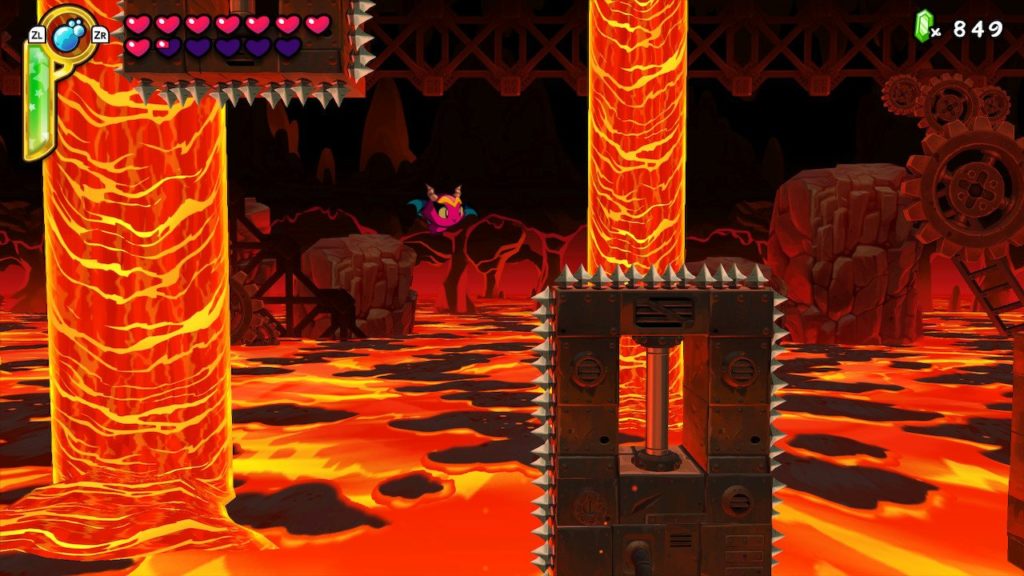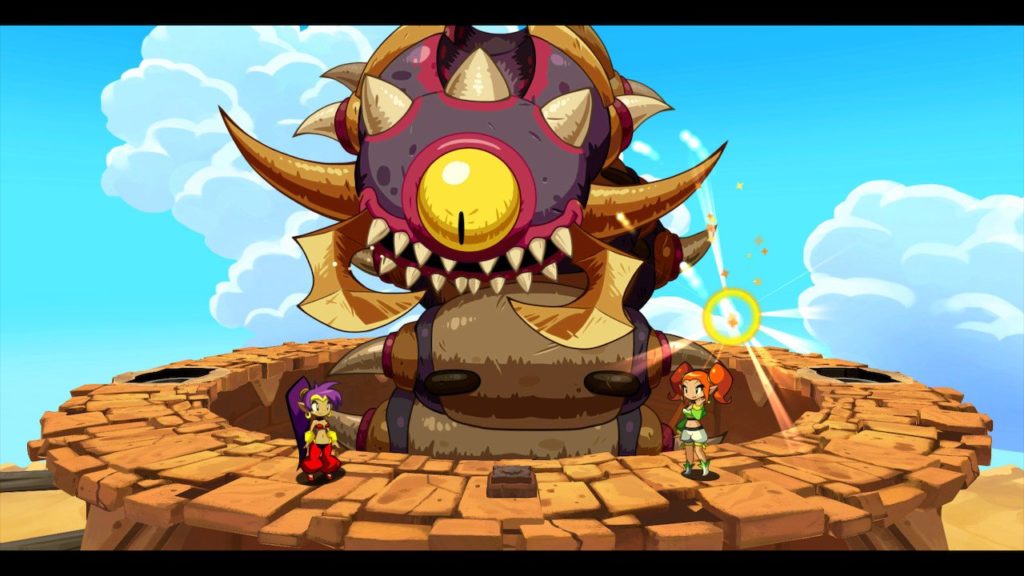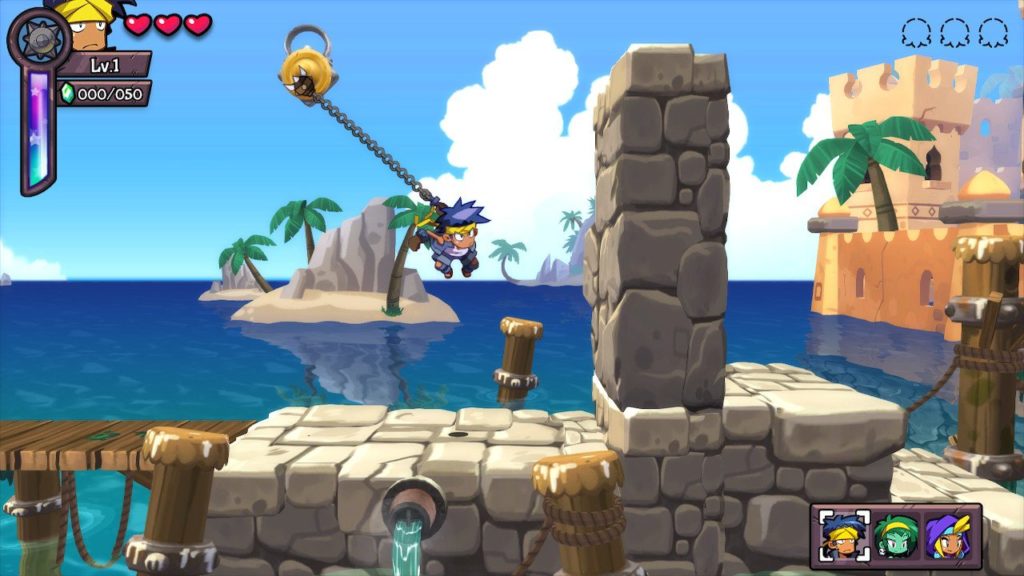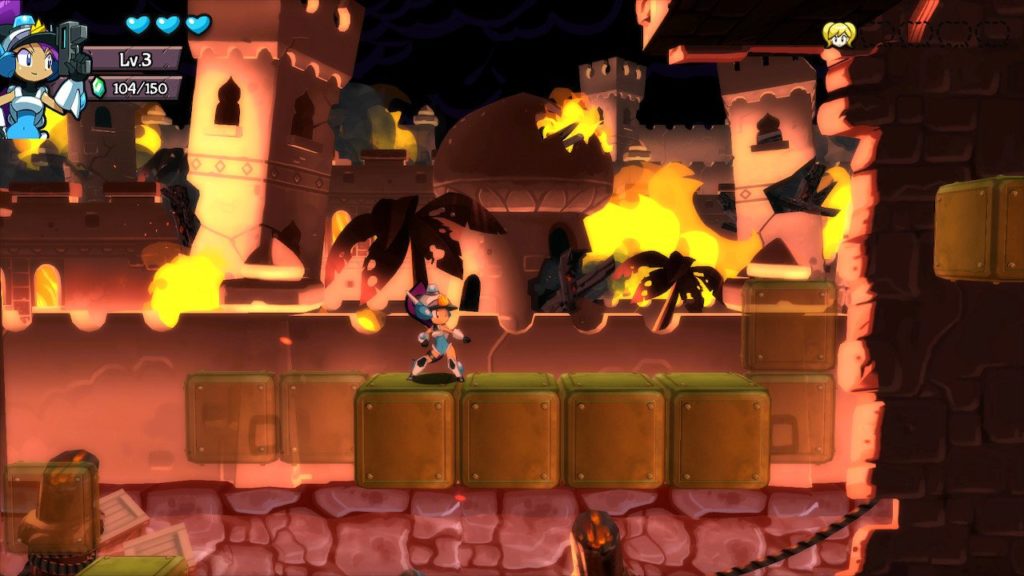- Genre: Metroidvania
- Platform: PS4
- Also Available On: Switch, Steam, Xbox One, Apple Arcade
I fucking love Metroidvanias. I fucking love the Shantae series. Guess what? I fucking loved this game.
Alright, that was probably too simple of an opening. A lot of what I’d say about this game matches with exactly what I said in the ramblings for Pirate’s Curse or Half-Genie Hero, and that’s a good thing. This is another iterative release in the series, and it takes what made the past games really work and moves it forward in important ways.
The first big one is that instead of being level-based, this is 100% a true Metroidvania. The entire game takes place on a single unified map and new areas open up purely based on upgrades you receive. While I definitely liked the way previous entries encouraged re-traversing levels once you gained new abilities, there’s just something to having a pure open environment. You see and make note of those open ends of hallways that you can’t quite get to or those things in the environment that are obviously something that you can interact with, and make mental notes to return to later.
Where they end up making use of their history of level-based gameplay is in the handful of labyrinths that come up. These act as pillars to the overall story and upgrade path, but also serve as mini-tutorials to learn new powers, as well as the core spot for the big boss fights in the game. It gives a nice on and off pace to exploration where you kinda futz around finding new areas and exploring for hidden stuff, then go into a labyrinth and really focus on combat for a while in a controlled linear environment.
The second thing that really stood out to me was how well integrated the transformations were into gameplay. In a lot of ways, this felt very much like Pirate’s Curse. That game required upgrades to be fast and easy to use due to story reasons causing the loss of transformations. In this one, the transformations are automatic. There’s things like the newt form which gives you a dash and wall climbing. There’s things like the frog form which the frog which gives you the ability to swim. Thematically they make a lot of sense, and the fact that they’re automated makes the game flow pretty much a non-stop affair, which is a huge benefit to the game pace.
That’s not to say there aren’t dances, but in the case of this game they’re all there as one-off attacks that don’t have permanent transformations. These are definitely useful in their own right – for example an electric attack does AoE damage to all things on screen, as well as powering up mechanical devices – but they definitely have a much more straightforward use that isn’t tied to moving through the world.
This is just a really fun game. There’s not been that many Metroidvanias that really have high pace gameplay and almost purely melee combat, and the Shantae series continues to be at the forefront of that style. Movement is fun, combat is fun, the bosses are fun. It’s just all fun and I can’t think of many better series to recommend in this genre right now.
….and don’t worry. Everyone’s favorite Squid Baron makes his return.






